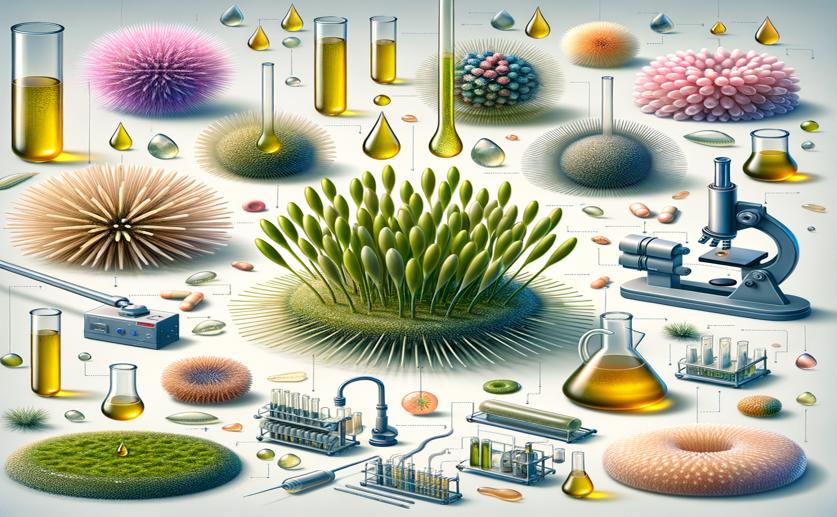
Comparing Oil Production in Different Types of Microalgae
Greg Howard
31st July, 2024

Image Source: Natural Science News, 2024
Key Findings
- Researchers at Wageningen University studied eight microalgal strains to optimize lipid production under different light, temperature, and nitrogen conditions
- Nitrogen starvation and high light intensity significantly increased lipid content, with Nannochloropsis sp. achieving the highest lipid productivity
- Microchloropsis gaditana CCFM01 had the highest EPA content under low light and nitrogen-replete conditions, while N. oceanica IMET1 had the lowest
EnvironmentBiotechMarine Biology
References
Main Study
1) Microalgal lipid production: A comparative analysis of Nannochloropsis and Microchloropsis strains
Published 30th July, 2024
https://doi.org/10.1007/s10811-024-03318-7
Related Studies
2) Impact of temperature on fatty acid composition and nutritional value in eight species of microalgae.
3) Batch and semi-continuous microalgal TAG production in lab-scale and outdoor photobioreactors.
4) Effect of light intensity, pH, and temperature on triacylglycerol (TAG) accumulation induced by nitrogen starvation in Scenedesmus obliquus.
5) Effect of light intensity on physiological changes, carbon allocation and neutral lipid accumulation in oleaginous microalgae.



 5th March, 2024 | Greg Howard
5th March, 2024 | Greg Howard